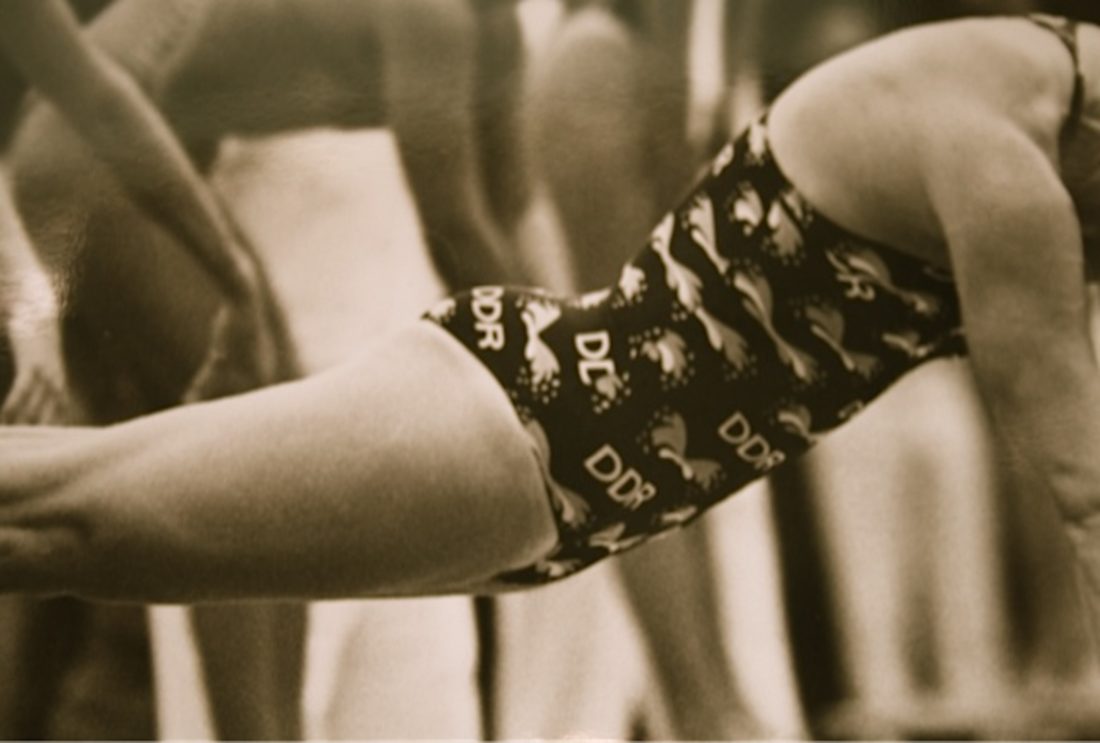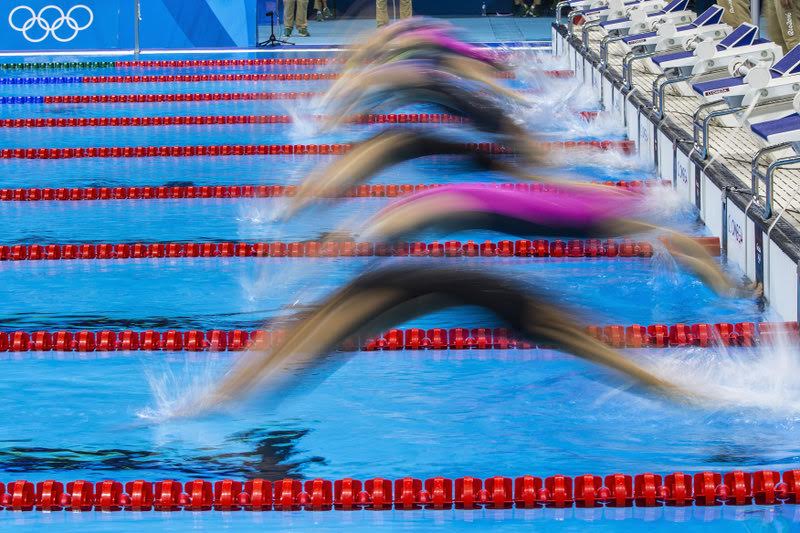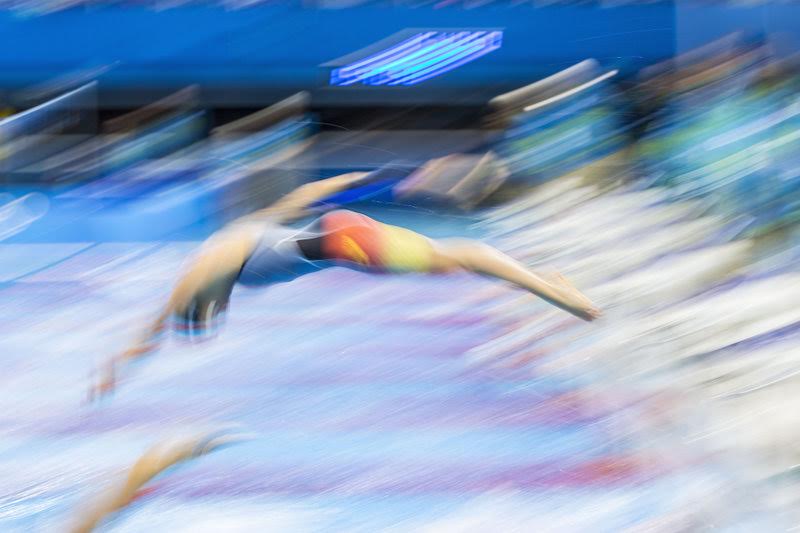Transgender Athletes: ‘Fairness & Safety Cannot Co-Exist’, So Create Universal Category Apart From Women, Says UK Sports Councils’ Equality Group

Transgender inclusion in sport could be improved by adding ‘open’ and ‘universal’ categories to male and female ones, the UK Sports Councils Equality Group (SCEG) states in new guidance.
In a review of transgender inclusion in non-elite sport in the UK has concluded the current policies are not fit for purpose and need overhauling.
The guidance covers community sport up to national level – not international, professional or elite sport – but follows an admission by the International Olympic Committee during the Tokyo 2020 Olympic Games that review of how to deal with athletes who do not conform to the the vast-majority defining categories in sport – men and women – is due because of developments in research.
By then, history had been screaming a similar message for decades: women’s sport and generations of female athletes robbed of their rightful status have been badly affected in the past half a century by doping geared at androgenising girls to give them the power of boys.
Transgender issues also include arguments about the effects of having transgender athletes who grew up as men and then, in many cases well beyond puberty, identify as women; and arguments about the use and effectiveness of such processes as testosterone suppression.
The Sports Councils group, citing latest research, has translated to the following conclusion:

“… testosterone suppression is unlikely to guarantee fairness between transgender women and natal females in gender-affected sports … [there are] retained differences in strength, stamina and physique between the average woman compared with the average transgender woman or non-binary person registered male at birth”.
SCEG – image: Women’s world in the wash of a keen debate over fairness and inclusion of sport – image by Patrick B. Kraemer
The review says that “for many sports, the inclusion of transgender people, fairness and safety cannot co-exist in a single competitive model”.
The Councils’ Equality group calls on the governing bodies for each sport to work out their priorities, and choose whether they will focus on inclusion or “competitive fairness” – and safety if relevant – within the current format of their sport.
Swimming has not been among sports most affected by the transgender debate to date, combat and strength sports among those recommended for a new universal category to safeguard women’s sport as well as catering for inclusion.
Swimming, meanwhile, is a sport with a deep history of unfairness to women athletes because of the use of steroids and other banned substances aimed at the androgenisation of girls to produce results many a boy would be proud of but women struggle or find impossible to match.
The new guidance was compiled by Sport England, Sport Scotland, Sport Northern Ireland, Sport Wales and UK Sport after an 18-month consultation and review of latest (and existing) research.
The guidance notes: “In order to survive and thrive in the future, sport must adapt to reflect modern society, and that often, it is too slow to do so.”
In sports operating a women and en model, governors and regulators are encouraged to consider creating additional categories of competition, including “universal admission” and “open”.
Governing bodies are encouraged to “think in innovative and creative ways to ensure nobody is left out”. For the main part they are associations and federations that are already engaged in such processes through their work with Paralympic sport, which relies on categorisation, some of which delivers its own controversies.
The review suggests 10 guiding principles for the “reimagining” of transgender inclusion policies.
One of those relates specifically to testosterone suppression, which has been used as a way of including transgender women in women’s sport.
The IOC issued guidance in 2015 stating transgender women must suppress testosterone levels for at least 12 months before competition. Updated guidance from the IOC has been delayed but in July during the Tokyo 2020ne Olympic Games, Dr Richard Budgett, the IOC’s medical and science director, acknowledged that the science had “moved on” since 2015.
New official guidance is due after Dr. Budgett used the phraseology we see today in the UK review: he stated that a new framework for sports would also focus on “safety as well as fairness”. He stated: “I absolutely accept that, things move on. At the time the 10 nanomoles per litre was set because we thought that was the lower level for men. We know now that they go down to seven and women can be higher as well. Agreeing on another number is almost impossible and possibly irrelevant. You can debate that endlessly.”
Instead, Budgett said the IOC would put in a framework for individual sports federations to make their own decisions. However, he added that there was no “one size fits all” for sports: “There is some research, but it depends on whether you are coming from the view of inclusion as the first priority or absolute fairness to the nth degree being the priority.

“If you don’t want to take any risks at all that anyone might have an advantage, then you just stop everybody. If you are prepared to extrapolate from the evidence there is, and consider the fact the have been no openly transgender women at the top level until now, I think the threat to women’s sport has probably been overstated.”
Dr Richard Budgett – image: The gender debate in sport points to a history that highlights the brisk of warp in women’s sport, swimming included – image courtesy of Patrick B. Kraemer
Today, the UK SCEG states: “Our work exploring the latest research, evidence and studies made clear that there are retained differences in strength, stamina and physique between the average woman compared with the average transgender woman or non-binary person registered male at birth, with or without testosterone suppression.”
The review has been described jointly by sports council governors across the UK as a “challenging and emotive piece of work”, consisting of an independent consultation including interviews and surveys, involving respondents from 54 sports and 175 organisations.
A foreword written by the chief executives of the sports councils says: “We want this guidance to open up, rather than close down opportunities for everyone, recognising that many other people already feel excluded from sport and physical activity.
“While our consultation found that there was widespread support for ensuring that sport was a welcoming place for everyone in society, including for transgender people, it also highlighted that there were concerns relating to safety and fairness in relation to transgender inclusion, particularly in female sport, and that there was no consensus on a single solution as to how this should be addressed.”
Further Points In The Sports Transgender Review
- No one solution suits everyone: different sports need different solutions
- If a sport governing body considers transgender inclusion, then “fairness, and safety are all priorities, then a model for decision-making around the best options and opportunities should be developed”
- Evidence suggests that “it is fair and safe for transgender people to be included within the male category in most sports”
- Competitive fairness “cannot be reconciled with self-identification into the female category in gender-affected sport”
- There are likely to be times in which “some transgender people cannot or choose not to be registered, either in the short or long-term, within sex binary categories”
- Case-by-case assessment is “unlikely to be practical nor verifiable for entry into gender-affected sports”